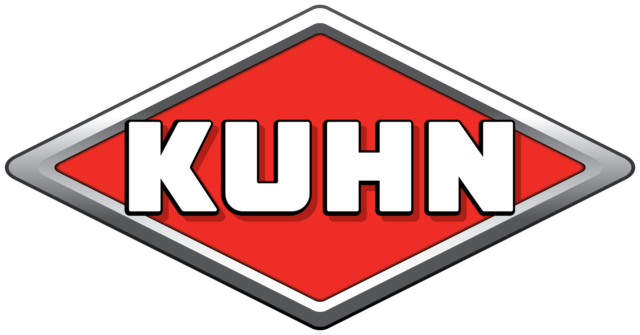For some, turnout may still be a good month away, while for others spring grasses will be ready in just a few weeks. Ideally, calves are vigorously nursing from the cows, which are continuing to receive high-quality nutrition to meet the increased needs of lactation. Lactation is one of the most nutritionally demanding activities for the cow. Modern commercial beef cows can produce around 25 pounds of milk each day during peak lactation. Milk contains a high concentration of protein and fat – therefore lactating cows, especially during early lactation, require nearly twice the daily protein intake and 30% to 40% more calorie intake relative to when they were dry.
Remember, we’re also thinking about rebreeding, so a failure to take into account the increased protein and energy demands brought on by lactation may result in a long interval before rebreeding. In addition to increasing the major nutrients of energy and protein for a cow during early lactation, we need to ensure an increase in vitamin and mineral provisions to help her immune system and reproductive tissues to recover from the strain of the calving process, ensuring optimal fertility early in the breeding season.
While the grass may look lush and ready, we’re still experiencing typical spring days that can be cool and cloudy with regular rain. This wetter weather and rapid forage growth tends to promote uptake of excessive potassium (K) and nitrogen (N) in the forage. Under these same environmental conditions, magnesium (Mg) uptake in many grasses tends to lag behind. The resulting imbalance in the ratio of K to Mg in both the forage base and the bloodstream of the cow can lead to grass tetany.
Grass tetany is the result of low levels of Mg within the cow that causes staggering, convulsions, excitability and potentially death if left untreated. While having a treatment plan in place with your veterinarian is recommended, there are some preventative management practices that can be put into place. Providing a mineral source high in Mg, whether through a high-quality free-choice mineral mix or a high-Mg protein or mineral block, are perhaps the most effective routes. Good-quality alfalfa hay contains a much higher level of Mg than most newly grown spring grasses. Supplementing alfalfa for a month leading up to and during the early days of turnout can also provide the cow with an appropriate amount of Mg to alleviate a potential imbalance. In addition to providing high-Mg minerals until grasses begin to mature, salt needs to be provided, as a sodium deficiency can increase the risk of a Mg deficiency.










